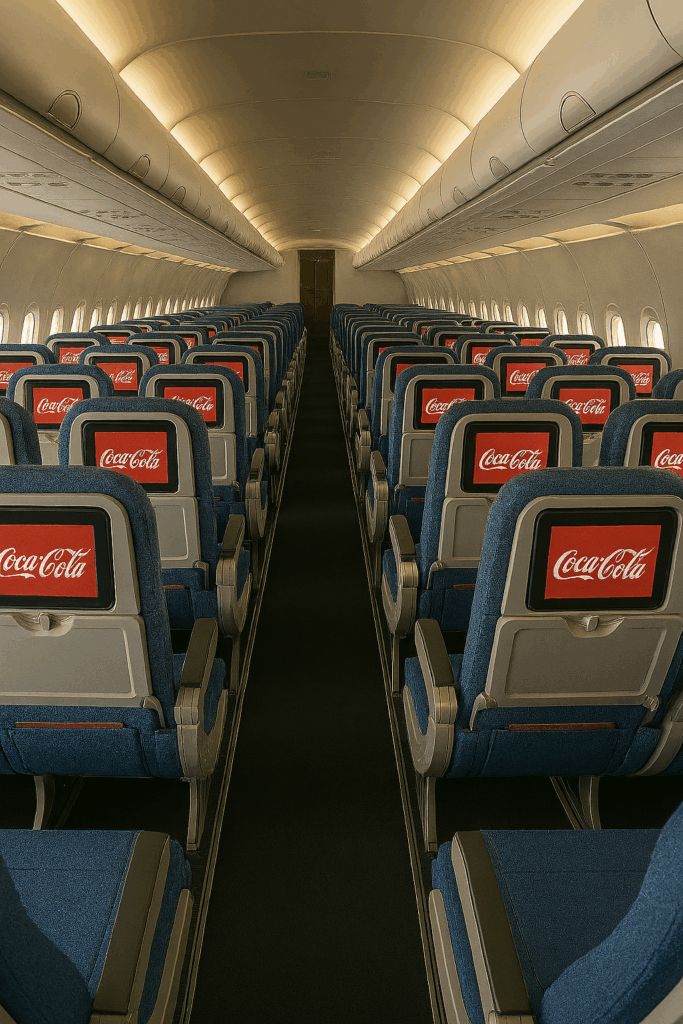
In a parallel world, the cost of air travel has long been a source of frustration for travelers. But a bold new experiment is underway, aiming to lower ticket prices by introducing a seemingly simple solution: in-flight advertising. Several airlines are testing a system that shows short, unobtrusive advertisements on the seatback monitors throughout the flight. The results so far suggest this novel approach may be a win-win, offering passengers lower fares while providing a new revenue stream for airlines.
The concept is straightforward. Passengers purchasing tickets have the option of opting out of in-flight advertising at the time of booking, paying a slightly higher fare. Those who choose to see the ads enjoy a discounted ticket price. The ads themselves are designed to be short, non-intrusive, and relevant to the travel experience, appearing only on the personal seatback screens at designated times during the flight – minimizing disruption to the passenger’s journey.
Early reports indicate the initiative is proving more successful than anticipated. Many passengers are embracing the trade-off, viewing the short advertisements as a minor inconvenience in exchange for significant savings. This suggests that the anticipated backlash against in-flight advertising may be significantly overstated. Passengers are accustomed to seeing advertisements in numerous aspects of their daily lives, and many find the ads during the flight to be easily tolerable, especially given the potential savings.
One airline participating in the trial, budget carrier Cal Airlines, reported a 15% increase in passenger numbers on routes where the ad-supported fare option was available. Furthermore, initial data suggests that customer satisfaction remains high, with most passengers reporting a positive or neutral experience with the advertisements.
However, the success of this model isn’t solely dependent on passenger acceptance. The key lies in the careful curation and presentation of the ads. Airlines are partnering with advertisers to ensure the ads are relevant, engaging, and not overly repetitive or intrusive. This targeted approach, focusing on brands and products relevant to travel and leisure, helps ensure a better experience for passengers and increases the effectiveness for advertisers.
The long-term implications of this model remain to be seen. Concerns remain about data privacy, the potential for increased ad frequency, and ensuring the system is equally accessible to all passengers. Nevertheless, the initial success of the in-flight advertising initiative suggests that it could be a viable strategy for lowering airfares and making air travel more accessible to a wider range of consumers. It offers a compelling example of how a seemingly simple innovation could reshape the future of air travel.